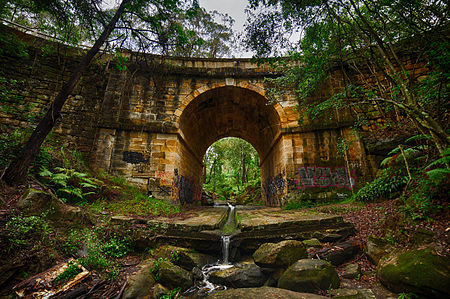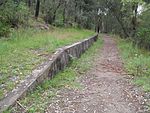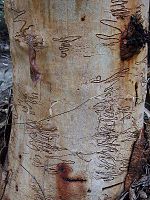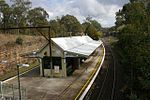Lennox Bridge, Glenbrook

The Lennox Bridge, Glenbrook is a heritage-listed road bridge that carries the Mitchell's Pass across Brookside Creek (also known as Lapstone Creek), located at Glenbrook, in the City of Blue Mountains local government area of New South Wales, Australia. The bridge was designed by David Lennox and built from 1832 to 1833 by James Randall and other convicts. It is also known as Lennox Bridge or The Horseshoe Bridge. The property is owned by Blue Mountains City Council. It was added to the New South Wales State Heritage Register on 2 April 1999. The stone arch bridge is a single arch of 6 metres (20 ft) span and is 9 metres (30 ft) above water level, with a road width of 9 metres (30 ft).
Excerpt from the Wikipedia article Lennox Bridge, Glenbrook (License: CC BY-SA 3.0, Authors, Images).Lennox Bridge, Glenbrook
Old Mitchells Pass, Sydney
Geographical coordinates (GPS) Address Nearby Places Show on map
Geographical coordinates (GPS)
| Latitude | Longitude |
|---|---|
| N -33.754166666667 ° | E 150.63222222222 ° |
Address
Old Mitchells Pass
Old Mitchells Pass
2773 Sydney
New South Wales, Australia
Open on Google Maps







